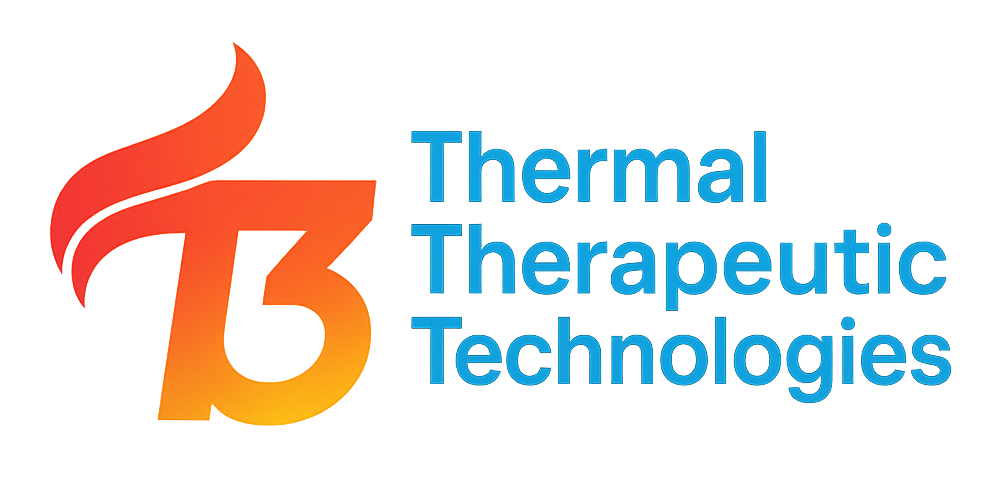Portable & Handheld Red Light Therapy Devices
〰️
Portable & Handheld Red Light Therapy Devices 〰️
1. What these devices are
Portable and handheld red‑light devices deliver therapeutic wavelengths (usually red 630–670 nm and near‑infrared 810–850 nm) in compact form. They target localized areas—joints, muscles, or skin—using rechargeable batteries or small power supplies. Popular examples include the Target Light series (670 nm, 2.0, and 3.0) and the Advantage Wrap, all designed for easy travel or in‑home useredlightrising.com.
2. Key benefits & features
Targeted therapy: Provide focused light to relieve sore joints, muscles, or skin blemishes.
Multi‑wavelength capability: Many models combine red and NIR wavelengths to support mitochondrial energy (ATP) production, reduce inflammation, and enhance circulation.
Portability: Compact, lightweight devices with built‑in timers and rechargeable batteries for travel or on‑the‑go therapy.
Flexible wraps: Products like the Advantage Wrap conform around knees, elbows, or shoulders for hands‑free treatmentredlightrising.com.
3. Who may benefit
Athletes or fitness enthusiasts needing rapid muscle recovery.
People with joint pain, arthritis or tendonitis seeking non‑drug relief.
Travellers or office workers wanting a portable wellness tool for neck or back tension.
4. How to use
Most handheld devices recommend sessions of 5–15 minutes per area, 3–7 times per week. Hold the device ~5 cm from the skin, gradually covering the treatment area. Always follow manufacturer instructions and speak with a healthcare professional if you have medical conditions.
5. Strengths (“Pros”)
Convenient and easy to use; no installation required.
Lower cost than full‑body panels.
Ideal for spot treatments or travel.
6. Limitations (“Cons & Cautions”)
Treats small areas; multiple sessions needed for widespread issues.
Lower irradiance than larger panels.
Requires regular charging and consistent use for best results.
7. Value and ethical considerations
Portable devices offer an attractive entry point into photo biomodulation because of their relatively low cost and convenience. They let you treat localized pain or skin concerns without committing to a full panel, and many come with generous return policies and warranties. However, the evidence base for certain claims (e.g., anti‑aging, “fat loss”) remains limited, and some marketers overstate benefits without acknowledging that results vary by individual. Ethically, manufacturers should be transparent about realistic outcomes, recommended usage, and contraindications. Consumers should also consider the environmental impact of lithium batteries and choose devices with repairable or recyclable parts when possible.
8. Verdict
If you want a flexible, travel‑friendly way to experiment with red‑light therapy or manage localized issues like tendonitis, portable devices are a sensible choice. They deliver modest power and are easy to use, but they’re not a substitute for full‑body panels when you need systemic benefits. Stick with reputable brands, follow usage guidelines, and temper expectations—consistent sessions can bring relief, but they’re not a cure‑all.
